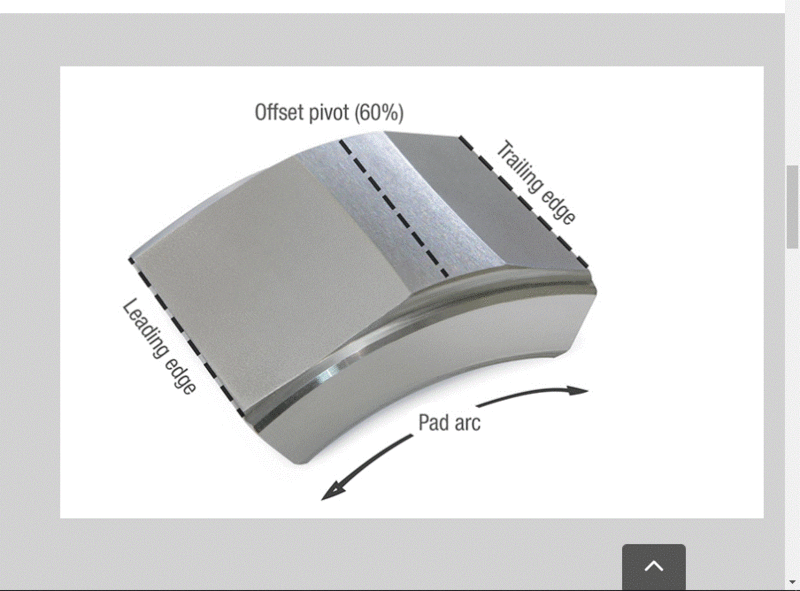Hesam267
Industrial
- Jan 28, 2016
- 29
Hello. Friends, please help me in the design of the tilting pad radial bearing.
I did not find any useful information about the curvature of the back of the pad in these bearings. Apparently, this curve is called backland. What are the design principles of this curve based on?
I did not find any useful information about the curvature of the back of the pad in these bearings. Apparently, this curve is called backland. What are the design principles of this curve based on?

